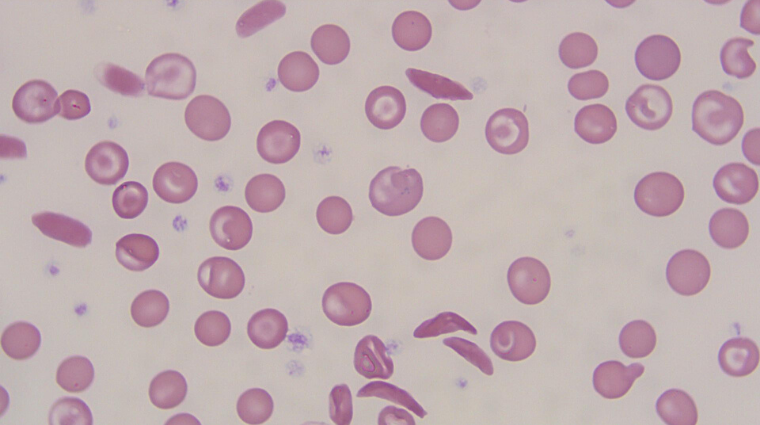
How do you teach medical laboratory procedures to students without medical microscopes?
Medical laboratory technologists, or MLTs, are behind-the-scenes health care professionals.
When your doctor orders a blood sample, for example, it’s an MLT who analyzes the
results. This might include studying blood cells and other tissues, conducting chemical
analyses of blood and other body fluids, preparing tissue sections or performing blood
compatibility tests. It’s all part of disease diagnosis, treatment and prevention.
Working with microscopes is an important part of the MLT’s job … which means it’s
also a major component of practical labs in Saskatchewan Polytechnic’s Medical Laboratory
Technologist and Combined Laboratory and X-ray Technologist (CLXT) programs.
When COVID-19 halted in-person classes and labs in March, MLT and CLXT students wondered
how they would finish their year. Sask Polytech instructors rose to the occasion and
quickly moved classes to online delivery. But how to deliver hands-on labs where students
needed to use microscopes?
Instructor Charlene Schapansky found a way. “While we couldn’t train students to use
a microscope at home, we could train them on what they’re actually looking for under
a microscope by using images of the slides they would normally use in the lab,” she
says.
Schapansky, an MLT herself, got permission to take home a microscope with a camera,
a laptop and two large plastic totes full of lab slides. From her home office, she
began creating virtual slides. “I started with a virtual peripheral smear (a blood
test used to look for abnormalities in blood cells) so students could learn to identify
normal versus abnormal. I created up to 100 images, or fields, which is what they
would look at in the lab as they moved from field to field under a microscope,” Schapansky
says. “We also created quizzes to help students put what they see on the slides into
context.”
Essentially, the new tool turns the student’s computer screen into a virtual microscope
lens. Using this “lens,” Schapansky and other instructors can help students learn
to identify types of blood cells, conduct blood cell counts, identify the presence
of disease in cells and more.
First year CLXT and MLT students were the first to use the virtual slides, followed
by second year MLT students. “It was tougher for first year students who had never
used a microscope before, because they didn’t yet have the context,” Schapansky says.
“But students who have used a microscope love it. Students in clinical settings also
think it’s a great tool for keeping up their competency.”
Schapansky compares it to learning how to drive, explaining that it’s a lot more challenging
for a new driver to move from a simulator to an actual vehicle than it is for someone
with actual behind-the-wheel experience.
While MLT and CLXT students will have an opportunity to develop hands-on microscope skills in the future, for now the virtual slides are allowing them to continue moving forward in their programs. “Our students are learning the process—what to look for, how to do blood cell counts, how to document and correlate the results. The only piece they’re missing is how to operate the microscope,” Schapansky says.
Schapansky is enthusiastic about the potential for continued use of virtual slides
in teaching. “It’s an innovative way to learn and also a great way to refresh knowledge
for students in clinical practicums as well as MLTs seeking to refresh or update their
skills.”
Learn more about Sask Polytech’s Medical Laboratory Technologist and Combined Laboratory and X-ray Technologist programs.

